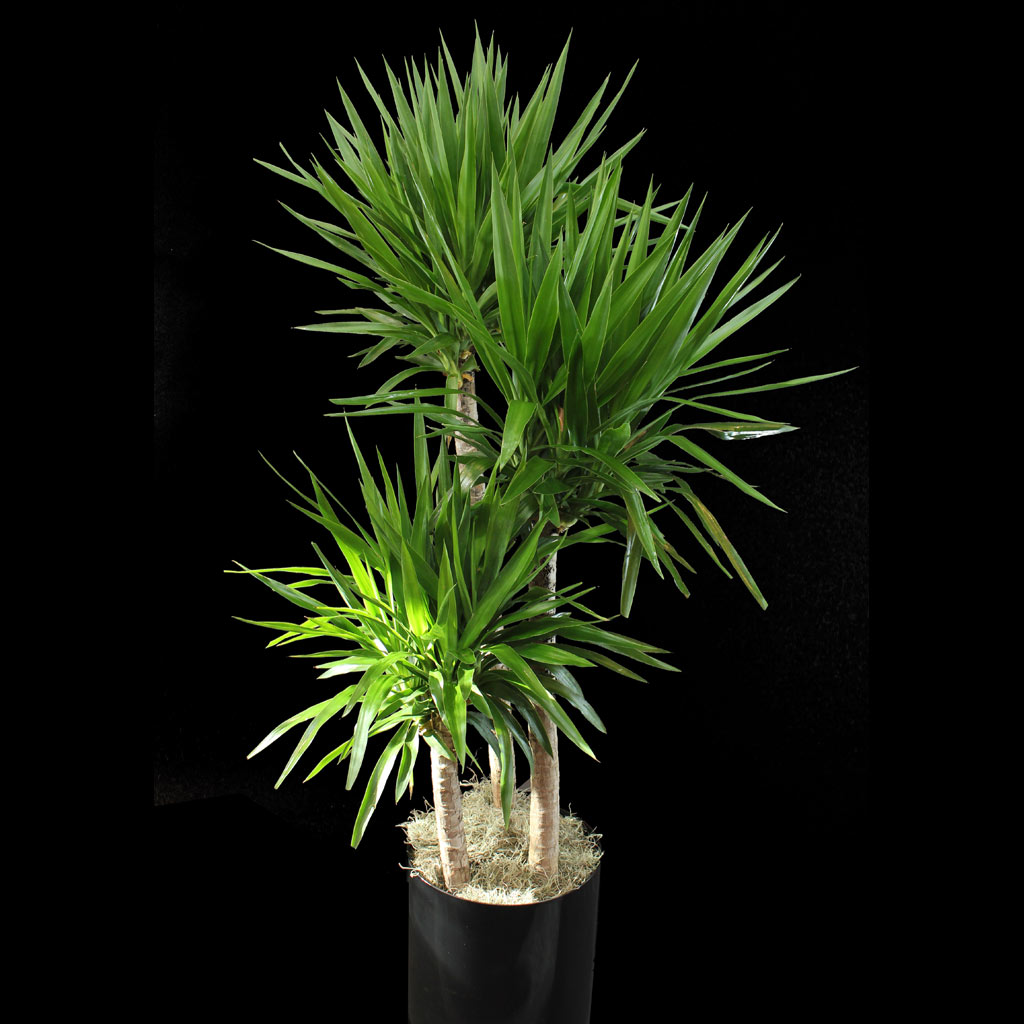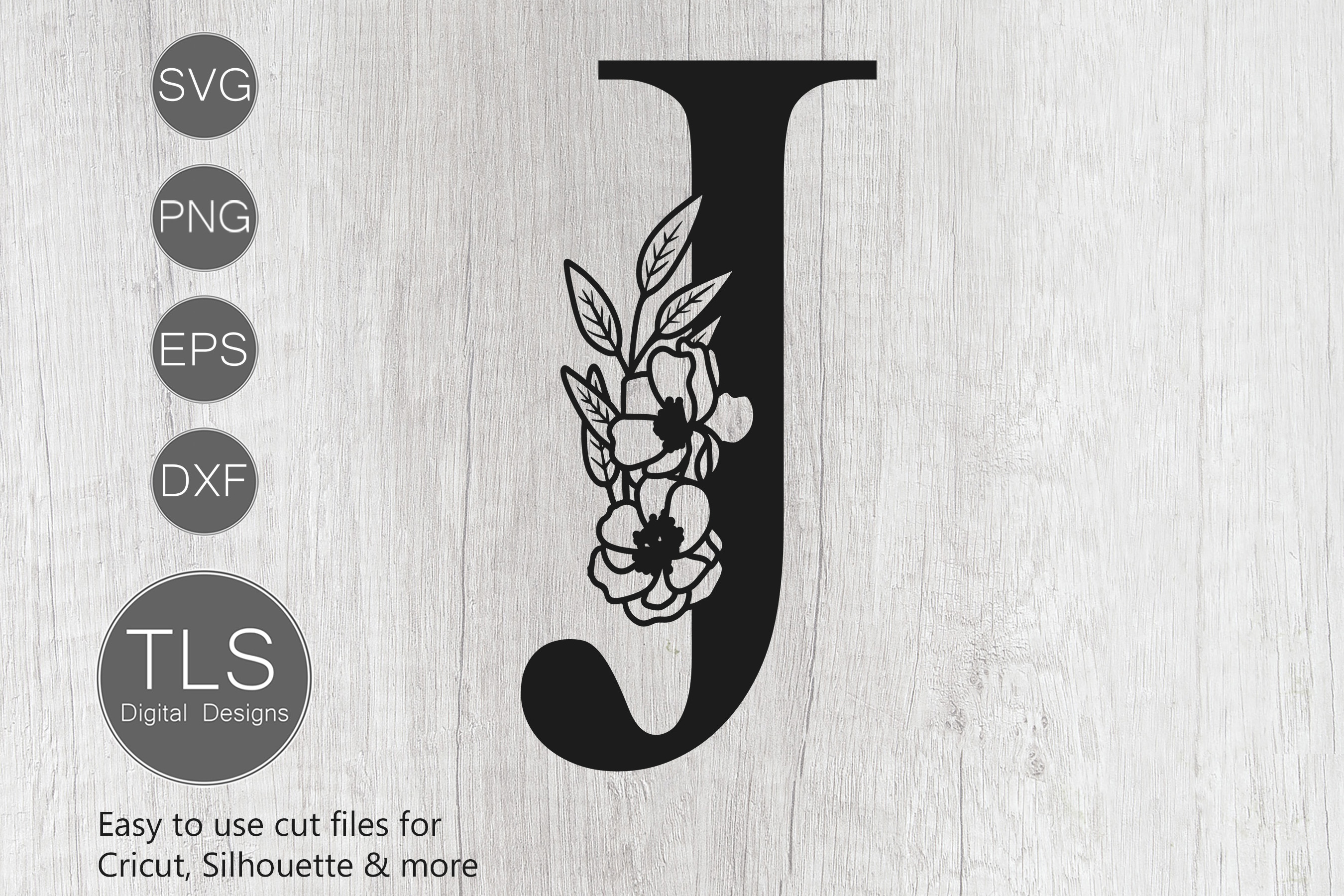Table of Content
However, I do leave it out until the first snow, typically in December, and put it back outside in late March. Two years ago, we had a freakishly early snowfall, and the plant was covered. A few weeks after cutting them off and after doing absolutely nothing else to the plant, I noticed new yucca pups sprouting!
Not only did the leaves not burn at all and the plant didn’t show any damage—it thrived and exploded with growth! Here are two photos of the plant taken one year apart from one another. Yucca Canes grow offsets from the base of the canes.
Pruning Yucca Plants:
It goes without saying that yucca plants tolerate low humidity levels very well since they are from arid climates. That makes them excellent choices for houseplants since usually indoor air is very dry. Since it’s from arid climates, it doesn’t want its roots sitting around in water or wet soil. And because it’s so easy to care for, it has become a hugely popular houseplant and ornamental garden plant! I’ll focus specifically on caring for the yucca cane plant—also called the yucca gigantea—but let’s do a bit of yucca background first. The Joshua tree is a type of fast-growing desert tree that is symbolic of the Mojave Desert in arid southwestern U.S.
We’ve brought our big potted yucca cane inside for the winter the last two years. So it lives in the basement with little light from about December to late March. Yucca cane plants can survive in a variety of light conditions, which the yucca plant’s indoor care a breeze. Notice, however, that I said survive, not thrive.
Where to stay? - Tel Aviv-Yafo
Also called the Spanish dagger, the tall yucca shrub-like tree grows to between 5 and 10 ft. (1.5 – 3 m). Densely growing spiky leaves form crowns on multiple stems. The yucca tree compliments other tropical trees and is ideal for growing in arid landscapes in coastal regions. This yucca species Yucca aloifolia thrives in USDA zones 7 – 11. The Spanish bayonet multi-stemmed yucca plant is one of the most ornamental of the yucca species. As its name suggests, the leaves are long and sword-like.
Never put a catcher or plate under your Yucca Cane plant because waterlogged roots or root rot is one of the most common killers of this plant. Yuccas are not particular about their soil as long as it’s of the well-draining variety. Remember, since they do well with a bit of neglect and don’t like being over-watered, well-draining soil is key. A cactus or succulent soil is nice, but in bigger pots, that route can get expensive. “Yucca” itself is a genus in the Asparagaceae family, subfamily Agavoideae.
Super chick apartment in the hart of Tel Aviv
However, last year, in early December we had some bitterly cold temperatures. The plant was fine with the temperatures, actually. But since the plant is so top heavy, it blew over one night.
You will have to wait until a new cane grows up from the roots. Here’s a few info facts and tips tabled below for ‘at a glance’ look at yucca and its indoor care needs. Go also to the table on growing yucca outdoors and for a printable care guide scroll to the bottom of the post.
Shenkin St., (Penthouse) Tel Aviv
If you notice this, cut the leaves off and let the plant dry out completely. Cutting yucca canes into sections and growing them as logs can also work. See how the tufts of leaves are growing as side shoots at the stem top? New leaves emerged from top and side growth points. Place yucca plants anywhere it fits and you like it. Yucca does well in entries, near brightly lit window walls, or even a less well lit nook.

First, on our list on how to care for your Yucca Cane is to place them in a spot where they can receive bright indirect light. However, if this type of light is unavailable in your place, your Yucca Cane plant can also tolerate lower light areas, but it will grow much slower. Yucca Cane AKA yucca originated from Guatemala and southeast Mexico, so it's a drought-tolerant plant and does not require much water.
They can survive in even lower light conditions, but they will grow much slower. You can likely find yucca cane plants easily these days in big-box garden centers like Home Depot and Lowes, as well as your local nurseries. This species of yucca cane grows well in home temperatures of 65 to 85 degrees F. Yucca elephantipes will tolerate cold down to freezing and doesn't mind some failry drastic temperature fluctations. Prune off the old bottom leaves as they yellow and die. Bottom leaves dying is normal for Yucca plants.

Water your Yucca when % of the soil volume is dry. Water until liquid flows through the drainage hole at the bottom of the pot and discard any water that has accumulated in the saucer. Big master bedroom with its own bathroom and in the opposite side of the apartment, two comfortable bedrooms that have an easy access to the second bathroom. By the beginning of the 21st century, the modern city of Tel Aviv had developed into a major economic and cultural centre. Most of the foreign embassies in Israel are also located in the city. In addition, most of Israel’s large corporations are headquartered in Tel Aviv.
These plants can get incredibly top heavy and difficult to manage. So I’ll likely just dig out the top few inches of soil and refresh it with some fresh new good stuff. Canes can be cut off and cut into log sections. Each log can be rooted into moist soil until roots sprout and leaves grow. Prune off old dead Yucca leaves close to the stem to keep the plant looking fresh indoors.
Stay in the loop with special offers, plant-parenting tips, and more. Several varieties of Yucca bear edible flowers and fruit.
Apartment facts
If you leave the new pups alone they will add new canes to your yucca pot. Set the Yucca cane out of the walk way in a high entry way or high vaulted room with diffused strong bright light. Indirect Southern and western exposures work well for this sun loving plant.

Check out ourPlant Careblog to learn more about different houseplants and tips on how to keep your plants alive and healthy. Here's a complete explanation of how to care for your Yucca Cane, from sunlight requirement to common problems and its solutions. Native to Guatemala and southeast Mexico, the Yucca Cane enjoys dry environments and bright sunlight.
























